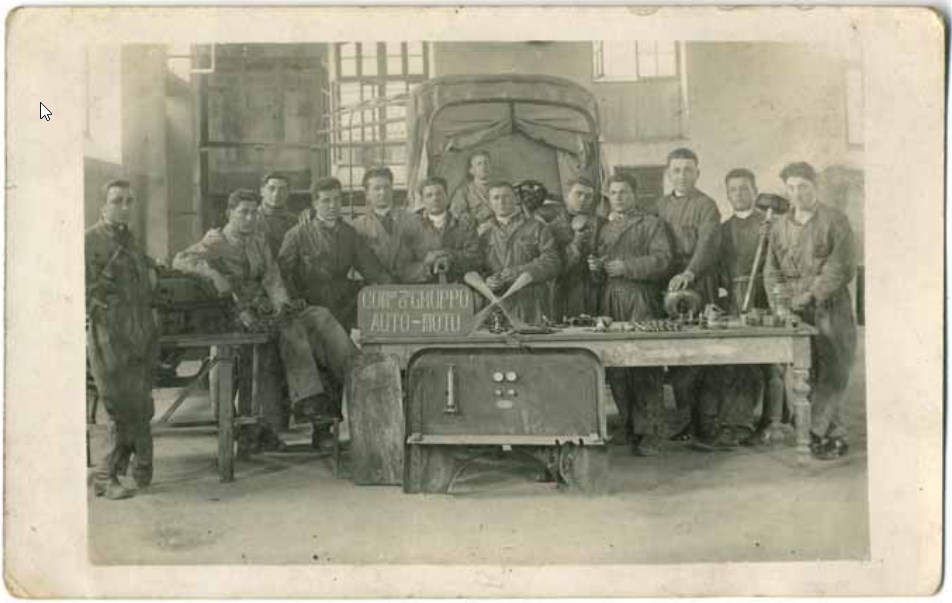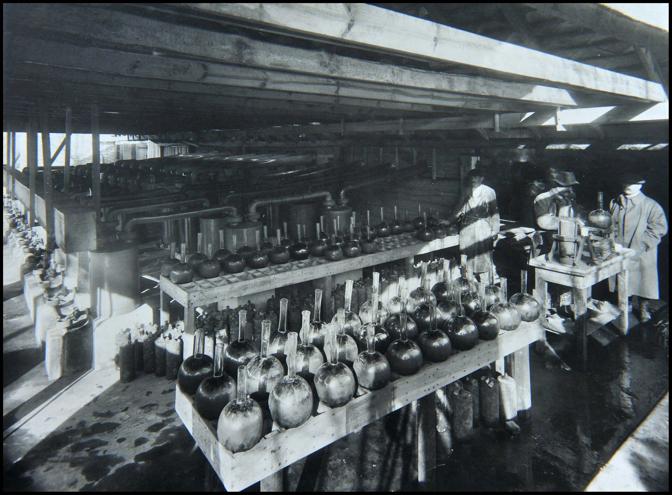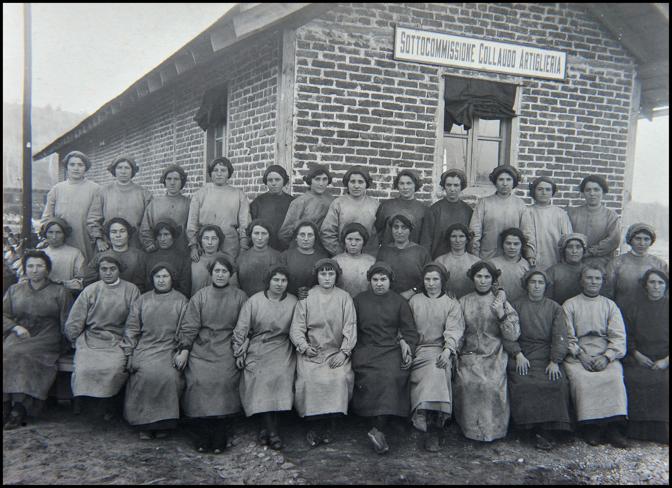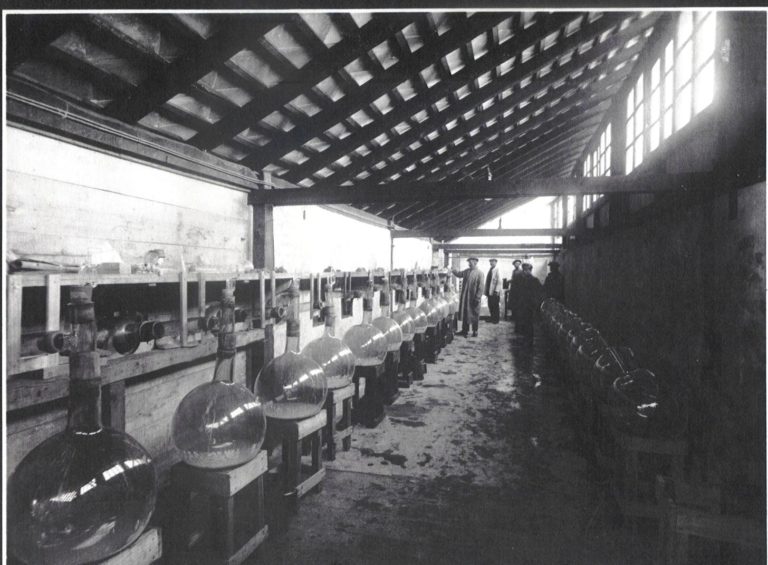POLVERIERA T. [IT]
Exploration #53 (testo italiano a fondo pagina). The story starts in 1907, when Eng. Ottorino Magnani’s company bought a plot of land in Campaccio, owned by the sisters Cristina and Angelica Mira d’Ercole with the intention of building a factory for the production of dust explosive “Albite”.
However, this company lacked the funds necessary to carry out the project and the land was sold to the French company DAVEY BICKFORD & SMITH. The first two deposits for explosives were built in 1913 and the following year, the production of fuses and detonating capsules began. Initially 50 women and 13 men were employed.
The great expansion of the factory occurred in the years between the first and the second world war (1915-1945). The factory, pressed by needs wartime, gradually expanded the initial modest plants by purchasing other land and it came to employ up to 1500 employees.
In 1930 the factory expanded with the construction of new warehouses for the production of electrocuted, electric primers and retarders. In 1935 the Italian Bickford Society merged into one concentration of various explosives companies that took the name of GENERAL COMPANY OF EXPLOSIVES AND AMMUNITION (SGEM) with deposits e plants in various parts of Italy.
On July 27 occurred the most serious accident. At 2.35 pm the packaging department blew up: 35 people perished, of which 33 women. In 1943 the company was later named NOBEL-SGEM of the merger with the company S.A. Nobel dynamite.
After September 8, 1943, the factory was manned by a German military command under the orders of Major Rose. Vain attempts were made by the Allied planes to hit the factory, very well protected from the embankments and hidden by trees.
After the war, the factory continued its activity, producing among other things thousands of kilometers of detonating fuses used for the Mont Blanc tunnel.
In 1952 the factory was acquired by the MONTECATINI company. In 1969 following the merger of Montecatini with the Edison it became part of the MONTEDISON group and from that moment they started profound changes. The factory was no longer profitable and, after some space attempting to transform its production, the property decided to dismantle it.
At midnight on November 25, 1972 the factory was permanently closed.
Esplorazione #53. La storia di questa polveriera ha inizio nel 1907, quando la società dell’ing. Ottorino Magnani acquistò un terreno a Campaccio, di proprietà delle sorelle Cristina e Angelica Mira d’Ercole, con l’intenzione di costruire una fabbrica per la produzione di polvere esplosiva “Albite”.
Tuttavia, questa società non aveva i fondi necessari per realizzare il progetto e il terreno fu venduto alla società francese DAVEY BICKFORD & SMITH. I primi due depositi di esplosivi furono costruiti nel 1913 e l’anno successivo iniziò la produzione di micce e capsule detonanti. Inizialmente erano impiegate 50 donne e 13 uomini.
La grande espansione della fabbrica avvenne negli anni tra la prima e la seconda guerra mondiale (1915-1945). La fabbrica, pressata dalle esigenze belliche, ampliò gradualmente i modesti impianti iniziali acquistando altri terreni e arrivò a impiegare fino a 1500 dipendenti.
Nel 1930 la fabbrica si espanse con la costruzione di nuovi capannoni per la produzione di inneschi elettrici e ritardanti. Nel 1935 la Società Italiana Bickford si fuse in un’unica concentrazione di varie aziende di esplosivi che prese il nome di SOCIETA’ GENERALE ESPLOSIVI E AMMUNIZIONI (SGEM) con depositi e stabilimenti in varie parti d’Italia.
Il 27 luglio si verificò l’incidente più grave. Alle 14.35 esplose il reparto di confezionamento: morirono 35 persone, di cui 33 donne. Nel 1943 l’azienda prese poi il nome di NOBEL-SGEM dalla fusione con la società S.A. Nobel dynamite.
Dopo l’8 settembre 1943, la fabbrica fu presidiata da un comando militare tedesco agli ordini del maggiore Rose. Vani furono i tentativi degli aerei alleati di colpire la fabbrica, molto ben protetta dai terrapieni e nascosta dagli alberi.
Dopo la guerra, la fabbrica continuò la sua attività, producendo tra l’altro migliaia di chilometri di micce detonanti utilizzate per il traforo del Monte Bianco.
Nel 1952 la fabbrica fu acquisita dalla società MONTECATINI. Nel 1969, in seguito alla fusione della Montecatini con la Edison, entrò a far parte del gruppo MONTEDISON e da quel momento iniziarono profondi cambiamenti. La fabbrica non era più redditizia e, dopo aver tentato per qualche tempo di trasformarne la produzione, la proprietà decise di smantellarla.
Alla mezzanotte del 25 novembre 1972 la fabbrica fu definitivamente chiusa.


































































